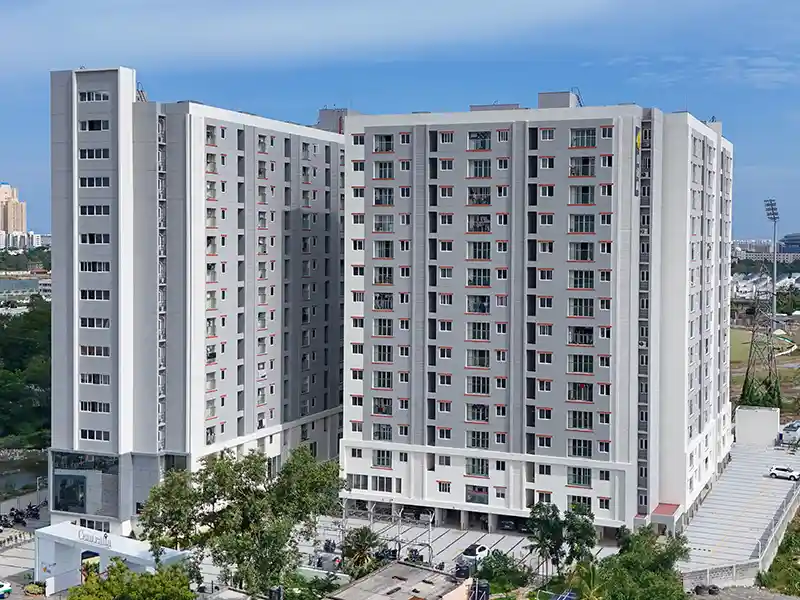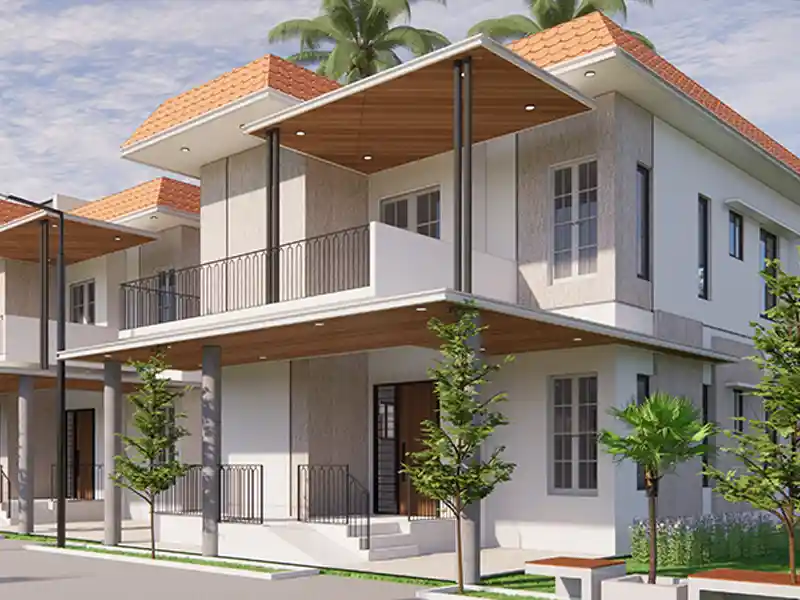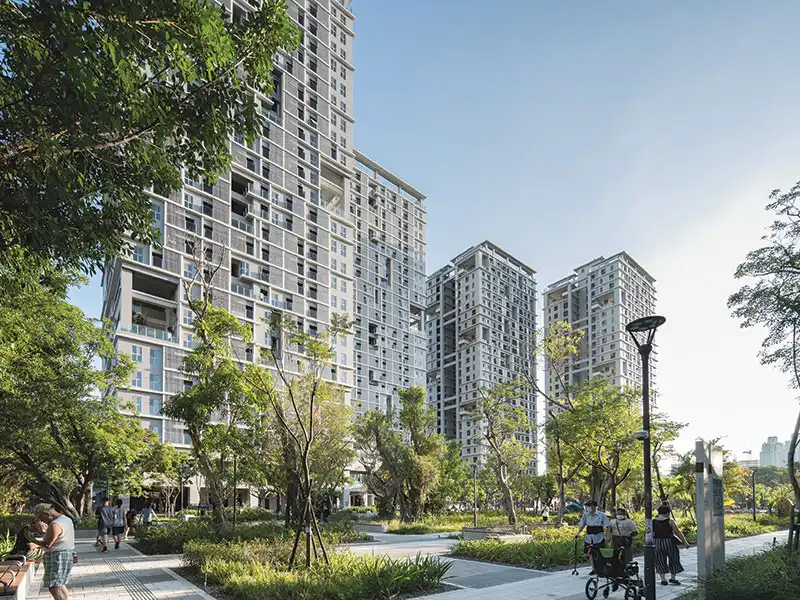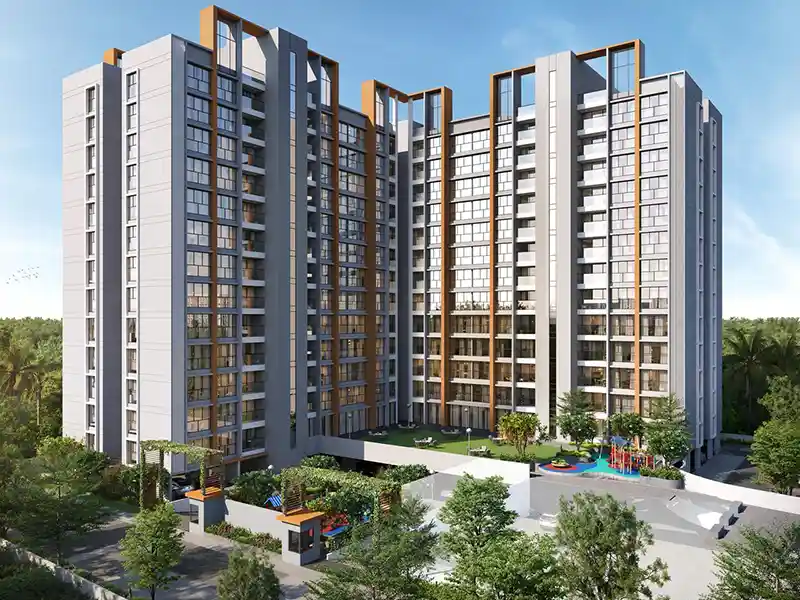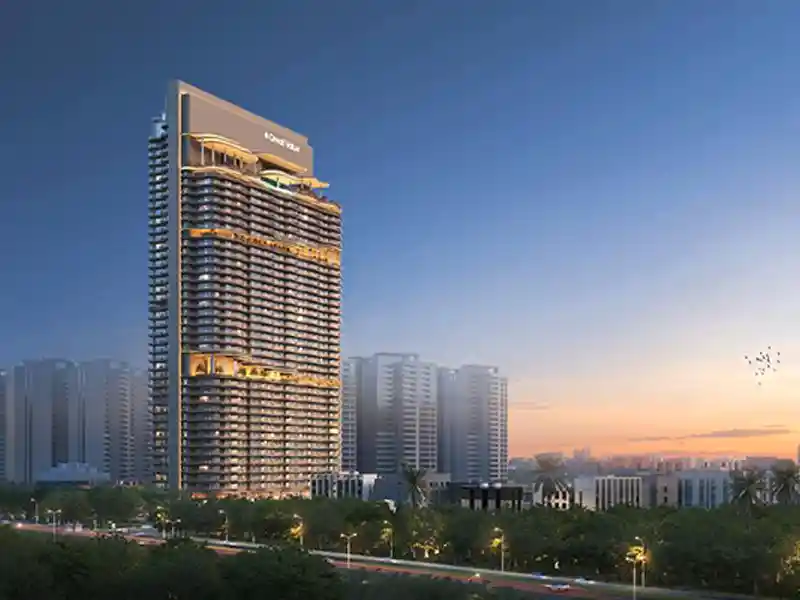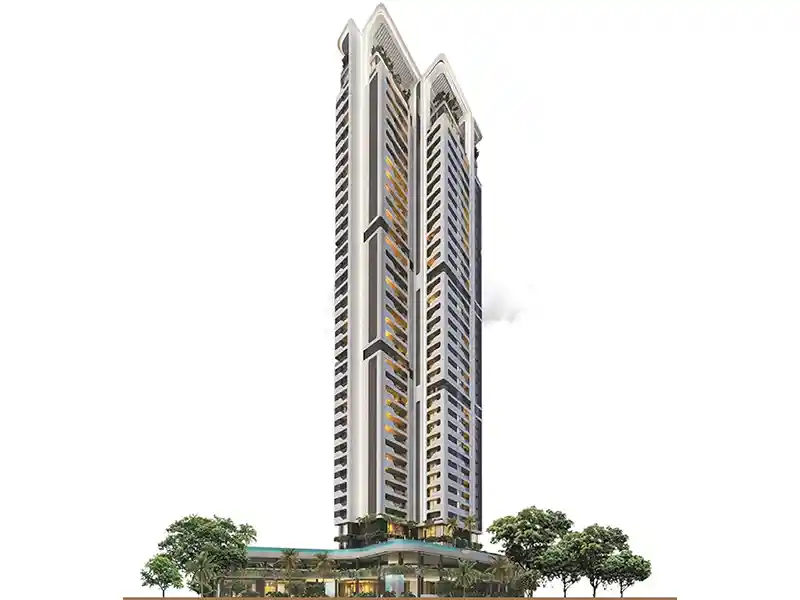Plastering is one of the most general and ancient finishing techniques. It is applied to give a visually pleasing smooth surface to block or brick masonry of the wall. Plastering not only enhances beauty but also acts as a protective cover for bricks and stones and protects them from rain and wind. Depending upon desired finishes, ingredients, popularity and required proportion, different types of plasters are used in different works. A well-finished wall or a ceiling makes the room alive if the best products are used.
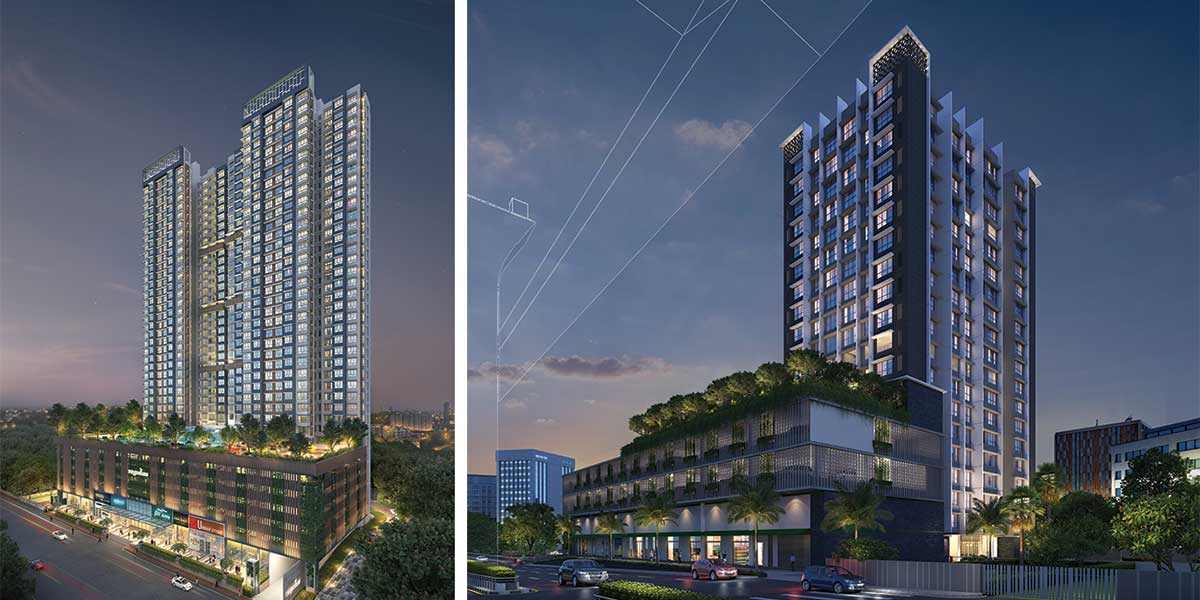
Gypsum: This is a white cementing material made by partial or complete dehydration of the mineral gypsum. When dry gypsum powder is mixed with water it gets hardened. Gypsum is easy to use, it is available in powder form with white colour packed in a plastic bag - per bag 25kg is used directly by adding water. This material can be applied over block, brick or concrete surfaces to form a smooth surface. It is available in ready to use format and does not need sand. Only the addition of water is required. It offers excellent acoustic and thermal properties while giving levelled walls with the best finish. This material is directly used by adding water, and the water gypsum ratio is 1kg: 065-litre water. The initial setting time is 17 to 18 minutes with a coverage area considering 12mm thickness for one bag, the coverage area is approximately 1.850m2 area.
New structures as well as maintenance interventions must be effectively designed and the installation must truly reflect that design.
Sanjay Shah, The Wadhwa Group
Gypsum plaster provides a smooth interior finish and is an ideal base for good quality paints and wallpaper finishes. It can be applied on both smooth and rough surfaces of the wall. Gypsum plaster is easy to apply and requires less skilled manpower, unlike the traditional cement mortar. The preparation of the surface and application of gypsum plaster should be apt to prevent cracks and peel offs.
Bond coat: This is available in liquid form with small granular pieces like sand. The coat is in green colour and plays a major role in the finishing of the house as it makes a thin layer and binds gypsum and concrete together. The coat is a glue-like substance applied between gypsum and concrete. It covers 4m2 to 4.5 m2 area approximately in 1kg of bond. Bond coats can greatly aid in preventing damage by making the bonds existing between layers stronger to guarantee powerful adhesion. It is also very beneficial for repair work, particularly in situations where the concrete involved is worth preserving or still sound in structure.
After 3 hours of application, we can apply the gypsum coat. Gypsum gives a smooth finish as compared to plaster, plus it also minimises the labour strength. The use of gypsum and bond coats reduces the total costs incurred for the usage of these kinds of materials and stages of construction. Gypsum is also an efficient material which helps reduce the water used for mixing, where even the curing process is not required.
Block Jointing Mortar: This is a cure-free high-quality mortar mix, specifically designed to provide strength and adhesion to walls constructed by AAC blocks, fly ash bricks, concrete blocks, etc. It is a combination of cement and graded sand; blended with polymers to impart high strength, and has water retention properties. Earlier, conventional method of cement sand mortar was being used for the fixing of blocks but it had several disadvantages related to sand availability, silt content, grading, etc.
It is ready to use and only water is to be added. Since low water absorption per cubic metre of AAC material ultimately causes drying up of conventional mortar on application, this leads to separation at joints if not provided on time curing. While in case of cure free thin bed mortar, no such dry shrinkage is observed. It offers excellent workability as compared to conventional mortar, is cost effective with minimal wastage, reduces time of construction since initial setting time is 3.5 hrs and final setting time is about 48 hours. It gives excellent bond strength and adhesion especially for walls subjected to vibration. It enhances thermal resistance, seepage resistance, and sound insulation of walls.


